In an update on the progress of its ambitious solar targets, the Indian Ministry of New and Renewable Energy (MNRE) has revealed that, in the 2017-2018 financial year, its rooftop solar PV targets were massively missed, with just 352.83 MW installed versus the goal of 1 GW.
On a more positive note, grid connected ground mounted systems slightly exceeded their 9 GW installation target, at 9009.81 MW; while 216.63 MW of off-grid systems were installed, thus also exceeding their 150 MW target.
Overall, reports MNRE, cumulative solar PV installs, as of March 31, 2018, are now sitting at 20.6 GW of ground mount, 1.06 GW of rooftop and 671.41 MW of off-grid systems.
Commenting, Dharmendra Kumar tells pv magazine, “As per government’s target, India was supposed to install 5 GW of rooftop solar cumulatively, by March 2018. However, the actual installation as per official numbers is 1.06 GW.”
He adds, “Some of the prominent issues behind the slow growth of rooftop segment are lack of uniform regulation, multiple tenders by different government agencies, but getting delayed, Discoms not ready to buy power from residentials, lack of net metering in few states, involvement of multiple stake holders, lack of viable rooftops to sustain installations.”
Vinay Rustagi from Bridge to India comments, “The main reason for such a big miss in targets is that the target itself has been set at a wrong level. 40% allocation to rooftop solar is arbitrary and without any regard to market potential, challenges, etc. The market is growing briskly and if the government takes some proactive policy moves, it holds a huge growth potential. Our projections are that total rooftop capacity will reach 10 GW + by March 2022.”
By 2022, the goal is to reach 40 GW of rooftop PV installs. Recently, a group of international experts proposed a solution, which could help the country close in on its target: municipal financing, via the issuance of municipal bonds, which could offer a solution to increase debt availability for developers, while reducing project costs by up to 12%.
Discrepency
MNRE’s figures contrast with those from Bridge to India which, at the start of this March said that India’s total installed capacity had reached 19.5 GW as of December 31, 2017, comprising utility-scale solar capacity of 17.4 GW (89%), and rooftop solar capacity of 2.1 GW (11%).
Commenting on this discrepancy, Rustagi tells pv magazine, “Rooftop solar numbers are, by their very nature, very difficult to collect and maintain because of the difficulty in accessing information from hundreds (possibly thousands) of small installers and contractors.
“MNRE data is based on numbers provided by the industry to them on their website (not many people tend to do so unless they get subsidies or other incentives from the government). We get our data by directly reaching out to the whole market twice a year and conducting a very exhaustive data sweep by speaking to a much greater number of people. We also try and analyze this data to fill in gaps using statistical techniques and hence, our numbers are almost double those of MNRE.”
This content is protected by copyright and may not be reused. If you want to cooperate with us and would like to reuse some of our content, please contact: editors@pv-magazine.com.
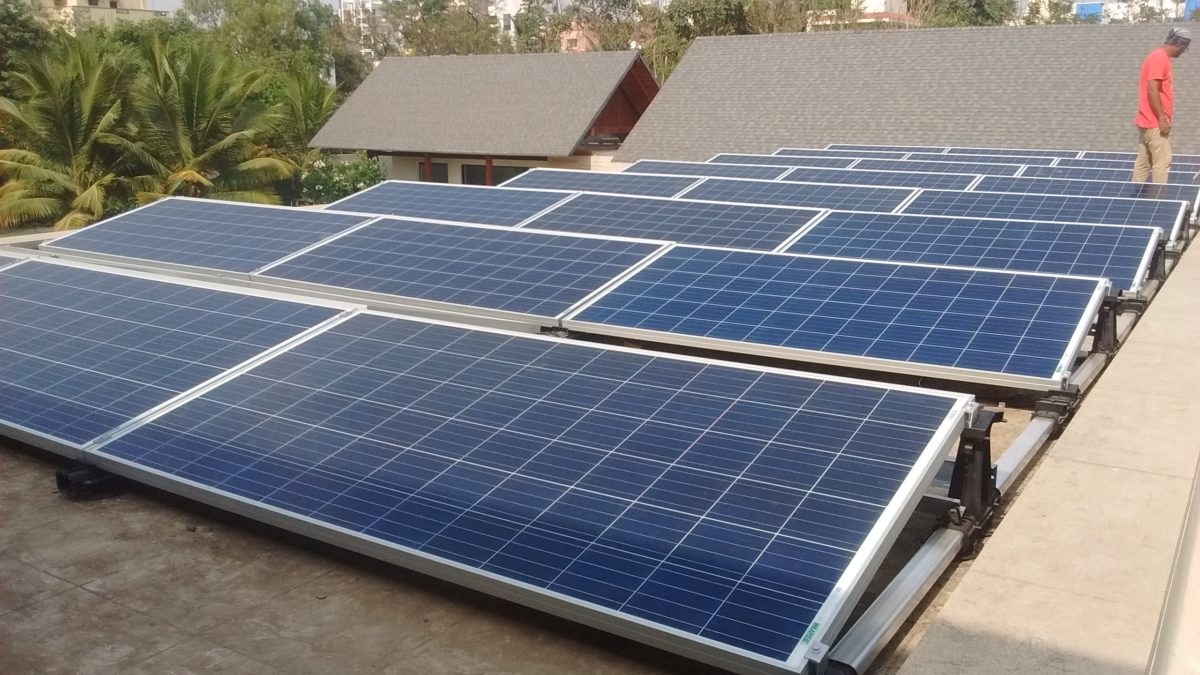
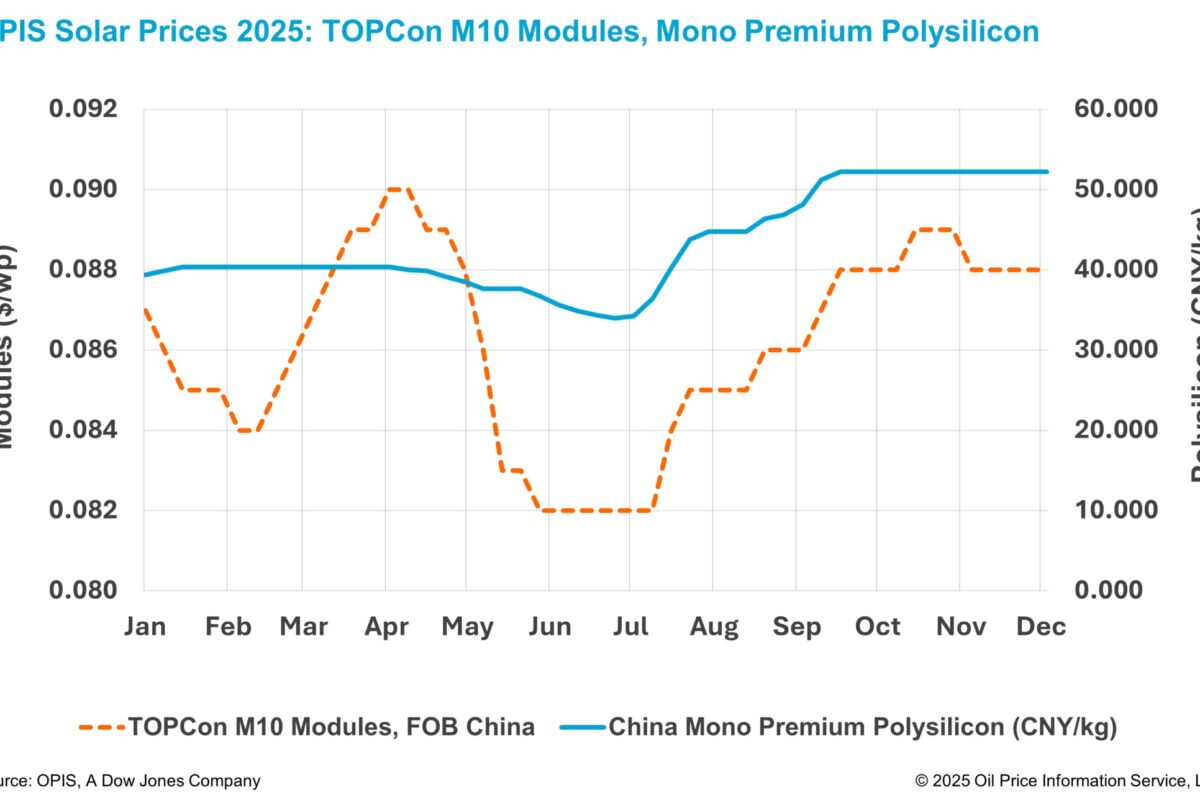


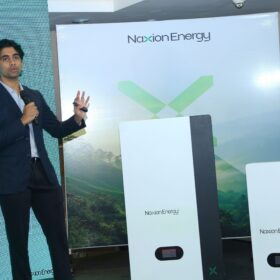
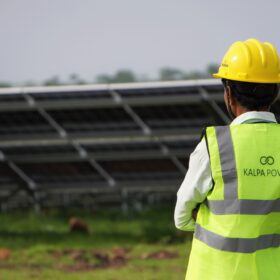

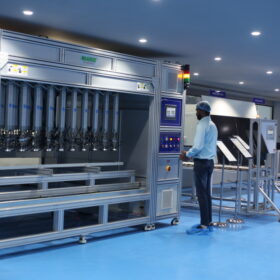
Aim High. Sky is the limit is an adage.
Setting huge target is not a mistake and so is not being able to achieve it for one is not expected to be successful at all times. The reason for the wide gap between plan and actual is the inability to entice customers. Regulatory frames the policy and Power gets sold to Discoms.
Discoms are organisations ailing not only financially but also in their vision and outlook. They seldom do marketing to attract customers of high rise buildings in urban India. Unlike,Ground mounted grid connected solar plants that are owned by IPPs who have dedicated staff at work, roof top solar is invariably owned by agencies whose core area is miles away from renewable energy. In the absence of compulsory mandate by law, they restrict facilities in their premises to their minimum requirement . Discoms, known for their lethargy and delayed payments are not a source of inspiration and this puts roof top solar on the back burner.
Just like an RPO, obligated entities should come under restriction to promote Roof top solar. Only then Roof of high rise buildings in urban India will own up this ornament and present a different panoramic view not only from sky but in figures as well.
Rooftop solar is missed due to poor policy from the government. Many residents are happy to install over and above their consumption but the state electricity board is not ready to pay for negative bills. Thus the motivation is lost. When government policies support big installation like Adani, it fails to support small investors.
As it is rightly pointed out DISCOMs are proving to be biggest stumbling block on the success path of Solar PV Roof top . Recently, in Karnataka , the PPA tariff was reduced from Rs 7.08 to Rs 3.27 per unit exported to DIASCOM grid also the capacity of SRTPV plant was brought down from 100% to 75% of sanctioned load.
This is highly arbitrary & regressive , to say the least.
Central Govt should bring in some legistalion which will be binding on all state DISCOMS .